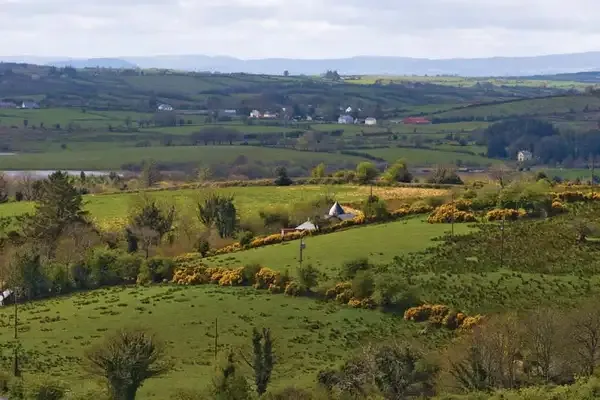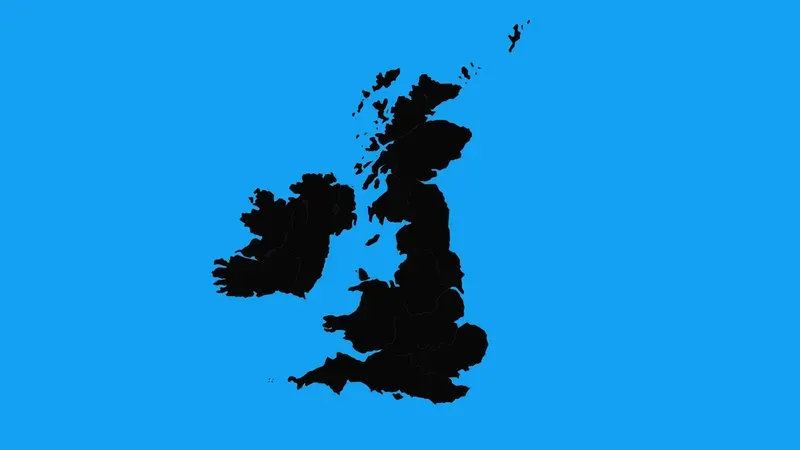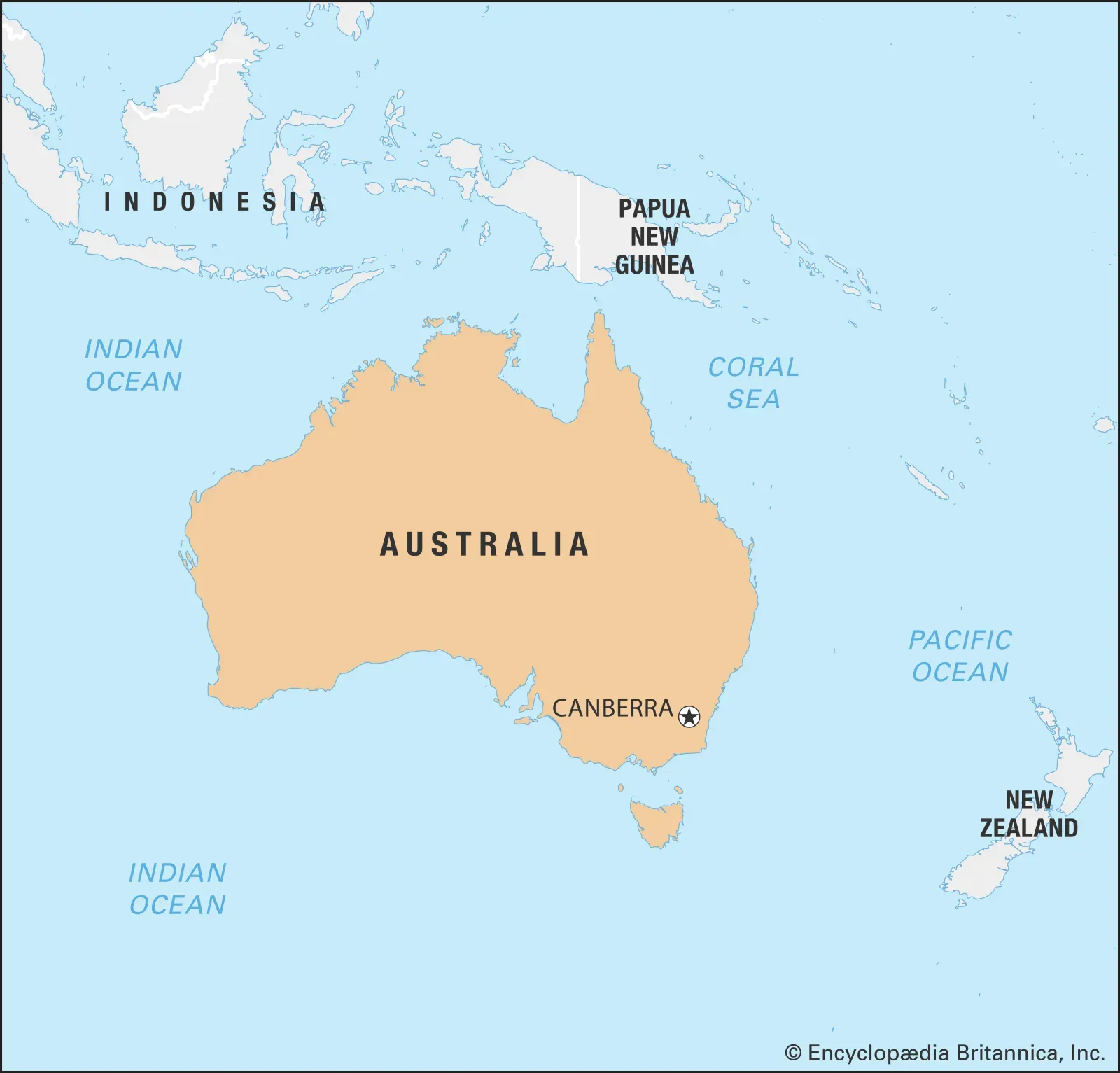- Home >
- Sport
- > Team Sports
When Was the Last Pandemic?
The COVID-19 pandemic, which began in late 2019, is considered the most recent global pandemic. Emerging in Wuhan, China, it quickly spread across the globe, causing widespread illness and disrupting everyday life. The World Health Organization declared it a pandemic in March 2020.

The term "pandemic" refers to an outbreak of a disease that occurs on a global scale, affecting a large number of people. The last pandemic before the recent COVID-19 outbreak was the ''H1N1 influenza'', commonly known as the swine flu, which emerged in 2009. This virus quickly spread worldwide, leading the World Health Organization (WHO) to declare it a pandemic in June 2009. Below, we'll explore the timeline of the last pandemic, its impact, and how it compares to COVID-19.
Timeline of the H1N1 Pandemic
The ''H1N1 pandemic'' had several key milestones that marked its progression:
| Date | Event |
|---|---|
| April 2009 | The first cases of ''H1N1'' are reported in Mexico. |
| April 2009 | The virus spreads to the United States and Canada. |
| June 2009 | WHO declares ''H1N1'' a pandemic. |
| August 2010 | WHO announces the end of the pandemic phase. |
During its peak, the ''H1N1 pandemic'' infected millions globally and led to significant health concerns. However, it was less lethal than anticipated, with the majority of cases being mild. The pandemic highlighted the importance of preparedness and response strategies in handling infectious diseases.
Comparing H1N1 and COVID-19
While both pandemics were caused by respiratory viruses, they differed significantly in terms of severity, transmission, and public response. Here are some key differences:
| Aspect | H1N1 (2009) | COVID-19 (2019) |
|---|---|---|
| Virus Type | Influenza A Virus | SARS-CoV-2 (Coronavirus) |
| Transmission | Person-to-person through respiratory droplets | Highly contagious, spreads via respiratory droplets and aerosols |
| Fatality Rate | Estimated at 0.02% - 0.05% | Varies, but initially around 2% - 3% |
| Public Response | Vaccine developed and distributed within months | Global lockdowns, widespread vaccination campaigns |
The ''COVID-19 pandemic'' has had a far-reaching impact on global health, economies, and daily life, leading to unprecedented measures to curb its spread. In contrast, while the ''H1N1 pandemic'' caused concern, it did not lead to the same level of disruption.
Lessons Learned from Past Pandemics
The ''H1N1 pandemic'' taught us several valuable lessons that were essential in managing the response to COVID-19:
- Preparedness is Key: Countries that had pandemic preparedness plans in place were able to respond more effectively.
- Public Health Communication: Clear communication from health authorities is crucial in managing public fear and misinformation.
- Vaccine Development: Rapid vaccine development and distribution are essential in controlling outbreaks.
These lessons have been instrumental in shaping the global response to COVID-19, highlighting the significance of learning from past experiences to improve future pandemic preparedness.
Conclusion
The last pandemic, ''H1N1'', serves as a reminder of the potential for infectious diseases to spread rapidly and affect global health. Understanding the timeline, impact, and responses to past pandemics allows us to better prepare for future outbreaks. As we continue to navigate the complexities of ''COVID-19'', the lessons learned from ''H1N1'' remain relevant, emphasizing the need for vigilance, collaboration, and ongoing public health efforts.
In summary, while the ''H1N1 pandemic'' may have been overshadowed by the recent COVID-19 crisis, it remains a significant chapter in the history of global health. By reflecting on these experiences, we can work towards a more resilient future.












